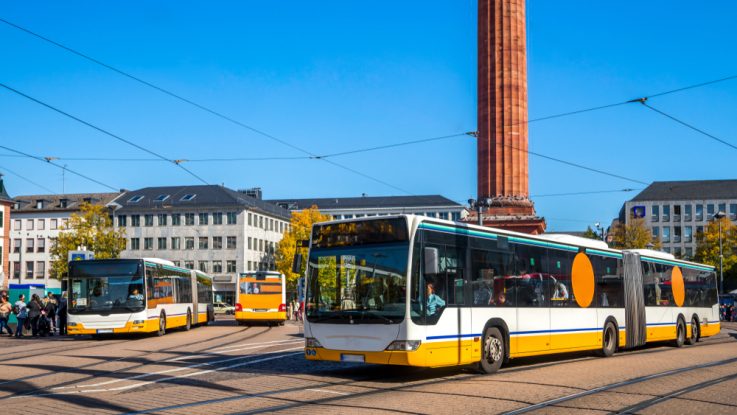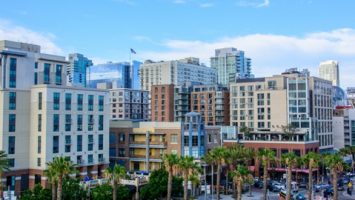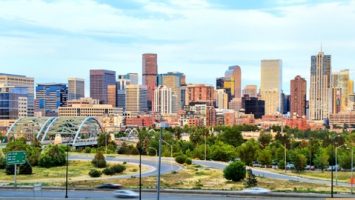
Darmstadt, Germany recently introduced a traffic light assistant with the Urban Institute. The dynamic, predictive algorithm provides drivers with important data to understand and impact their travel time. Managing Editor Laura Benold interviewed Urban Institute CEO Lutz Heuser about the project and its recent success as a Smart 50 Award recipient. Learn more about the project below:
LB: Tell me about your solution and how it has already impacted your community in the City of Darmstadt.
LH:: The traffic light assistant was introduced in 2015, starting with a WebApp, which shows the traffic situation within the city limit based on detector data received from the traffic management system. In 2017, a test bed for green phase prediction was introduced, which has been extended in 2018. Test drivers are using the information to reduce stop-and-go traffic at traffic light intersections.
LB: You have a predictive algorithm. What factors are taken into consideration to make it work?
LH: The challenge is that the individual signal groups are adaptive to the traffic at the related intersection. Thus, the prediction has to include historical data as well as learning the traffic pattern at any given time. We also look into other data sources to complement the data from the traffic management system. This includes floating car data (FCD) and other urban data sources for example from intelligent street lights.
LB: Why do you think more cities aren’t implementing this technology?
LH: It is a very new technology, heavily dependent on machine learning algorithms, which got really popular just recently. Secondly, we had to come up with a standard to store the urban data in a non-discriminatory way, the so called standard for open urban platforms (DIN SPEC 91357). This allows cities to manage their own data lake of IoT data without being dependent on single vendor solutions.
LB: As a driver or a pedestrian on the road, how do you experience the predictive technology and use it to your benefit? Is it something you can see and recognize, or is it simply integrated into the traffic pattern?
LH: In a first step, you could use the new app [ui¡] ECOMAT which will be launched in Q2/2019. The app will consume the data and generate a reference speed for personal green phase wave when you are approaching the traffic light. The automotive industry is already able to consume the data by its power train systems, and thus the driver will experience it when using the according assistance system, in the near future.
LB: When you first released the technology, were there any bugs to work out or any changes to make to get it to where it is now? Are there things you would still like to improve about it?
LH: Like with any machine learning algorithm, we have had to train the system on each of the signal groups and intersections. This is a recurring issue any time, we extend the solution to a new area but the system can learn automatically once it has been set up.
LB: What technology partners did you work with, and how did you know they were the right ones for your city community?
LH: We collaborate with Microsoft by using the Azure Stack in the public cloud. Their solution has been well fitted to the problem space. Regarding the requirements of the automotive industry, we work closely with Continental Corporation, one of the largest automotive suppliers. With respect to the needs of the cities, we work with the related departments of transport.
LB: What does it mean to you to win a Smart 50 Award?
LH: We are very proud to win the Smart 50 Award and it will help us positioning our solution in the US. We are setting a trial within the Silicon Valley and look forward to engage with more cities and counties in the near future.


